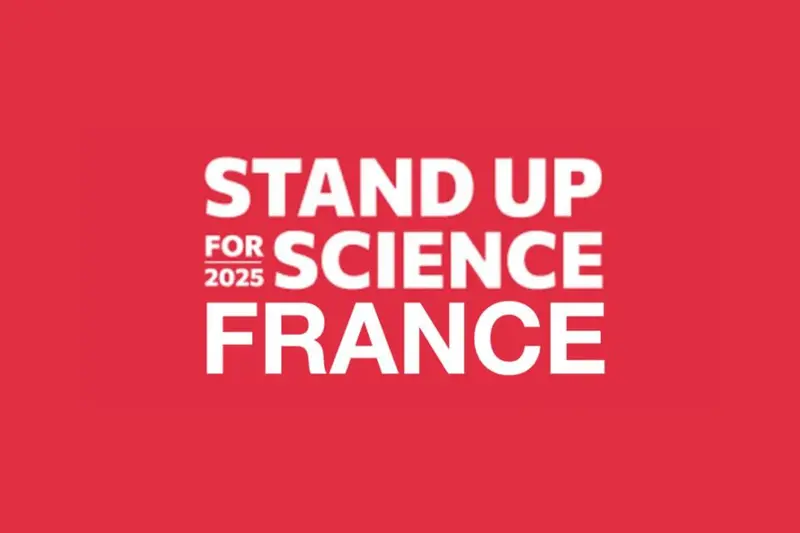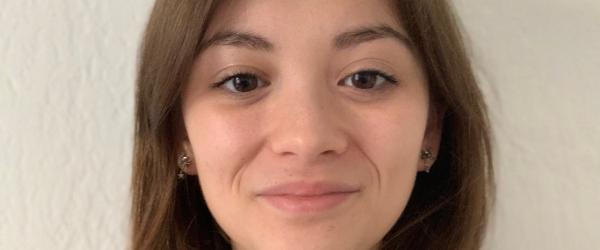Pro-histaminergic drug restores balance, promotes microgliogenesis and modulates neuroinflammation after vestibular injury.
Jessica Trico, Emna Marouane, Isabelle Watabe, Agnes Lapotre, Alain Tonetto, Andreas Zwergald, Christian Chabbert, Brahim Tighilet
Abstract: Vestibular compensation is a neurobiological process that allows the recovery of impaired vestibular functions after unilateral vestibular damage. Among the post-injury plasticity mechanisms expressed in the vestibular nuclei (VN) that promote the restoration of balance function, neurogliogenesis and excitability changes appear to be in the forefront. At the central level, the vestibular syndrome expression results from an electrophysiological imbalance between both VN, known to activate the central histaminergic system. In this study, we aimed to investigate the impact of pharmacological modulation of the central histaminergic system on balance function recovery and its underlying post-injury mechanisms in the deafferented VN. For this purpose, we used a hista-mine analog, betahistine dihydrochloride (BD), which increases histamine synthesis and release in the VN through its histamine H3 autoreceptor antagonistic properties. The effect of BD treatment was tested in 3 animal groups: a UVN BD group subjected to unilateral vestibular neurectomy (UVN) treated orally during 10 days (50 mg/kg/day), a UVN placebo group (control), and a SHAM group. We show for the first time, in a UVN rodent model, the effects of BD on the reduction of the vestibular syndrome and highlight new targets and impact of this drug at the cellular level. Indeed, the results show that treatment with BD significantly attenuates the number of astrocytes and microglia which are key components of neuroinflammation. BD also prioritizes the differentiation of neoformed cells towards a microglia phenotype. These results, which need to be confirmed and further investigated by identifying the histaminergic receptors responsible for this effect, may lead to new therapeutic targets in vestibular pathology.
Autre article paru en 2024 en lien "Histaminergic System and Vestibular Function in Normal and Pathological Conditions" paru dans Current Neuropharmacology ici

